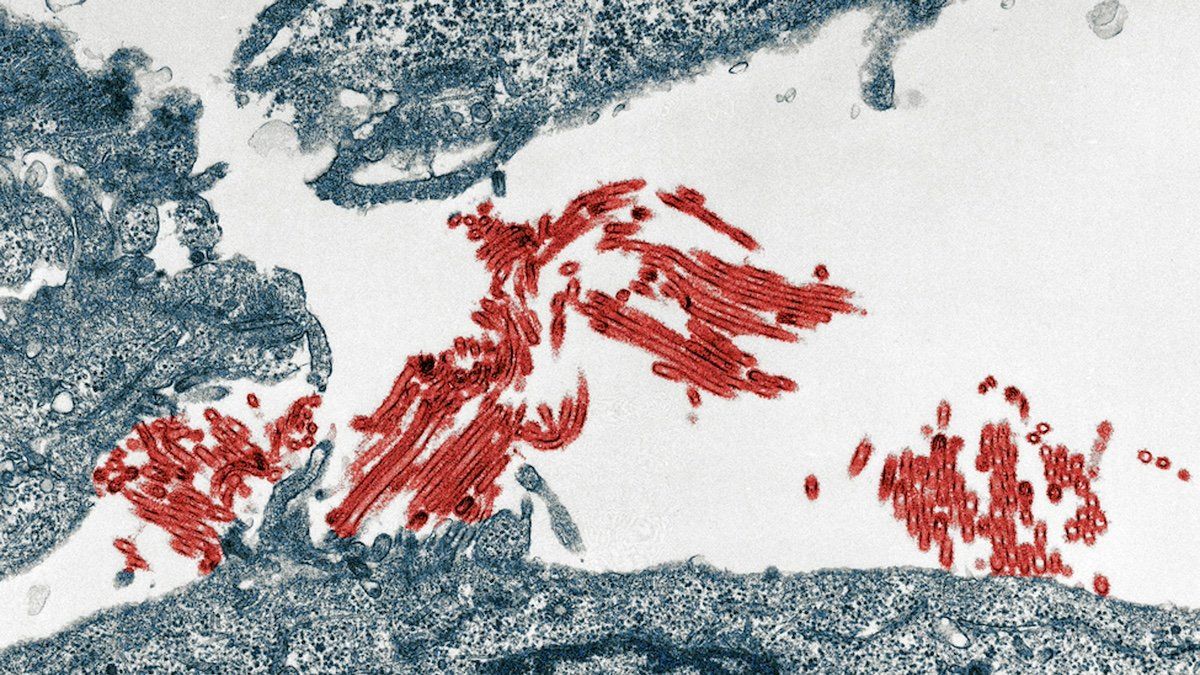Hard Numbers: Viruses everywhere, TikTok content moderation cuts, Nevada’s “at-risk” student saga, TSMC on the rise
70,500: Researchers used artificial intelligence to identify 70,500 new viruses using metagenomics, in which scientists sequence entire environments based on individual samples. This research, led by University of Toronto researchers, uses a machine learning tool developed by Meta to find new viruses and predict their protein structures.
700: TikTok reportedly cut 700 jobs, including many in Malaysia, and will transition much of its content moderation work to artificial intelligence. This change only affects .6% of the social media company’s 110,000-person global workforce. Social media companies have long used a mix of human and automated systems to monitor user-generated content posted on their platforms.
200,000: Last year, the state of Nevada used an AI system to help it better identify what students in the state are “at risk” for falling behind academically and socially. But the AI, run by an outside contractor, developed a much higher bar for that determination, incorporating factors far beyond income levels, formerly the most important metric, and the number of “at-risk” students plummeted by about 200,000, leading the state to cut funding to many districts in need.
40: Stock analysts expect Taiwan Semiconductor Manufacturing Company to report a 40% profit increase when the chip fabrication giant reports its third-quarter earnings on Oct. 17. TSMC’s stock has already surged 77% this year due to surging demand from chip designers hungry to sell their products to AI companies.
